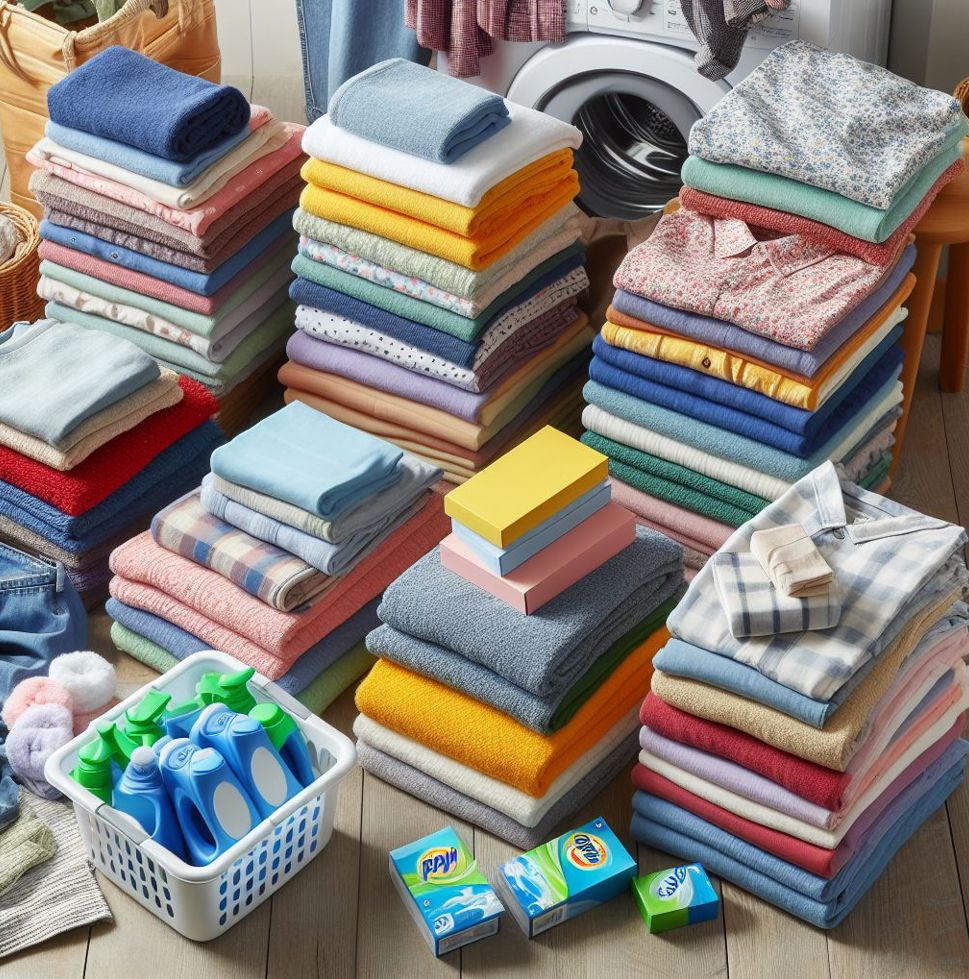
Dryer sheets are a common household item that many people use to soften clothes, remove static cling, and add a pleasant fragrance. However, there has been some controversy surrounding the safety of dryer sheets, with concerns about their potential health and environmental impact. This article will explore the potential risks and benefits of using dryer sheets and provide tips for using them safely and responsibly.
What Are Dryer Sheets and How Do They Work?
Dryer sheets are typically made of a synthetic material, such as polyethylene terephthalate (PET), and are coated with a mixture of ingredients that include:
-
Fragrances: These are the chemicals that give dryer sheets their pleasant scent. Many fragrances are synthetic and may contain ingredients that can irritate the skin, lungs, and eyes.
-
Softening agents: These chemicals help to make clothes feel softer and fluffier. Some softening agents are derived from natural sources, such as plant oils, while others are synthetic.
-
Static cling control agents: These chemicals help prevent clothes from sticking together when removed from the dryer. Some static cling control agents, such as silicon dioxide, are natural, while others are synthetic.
Potential Risks of Using Dryer Sheets
There are several potential risks associated with using dryer sheets, including:
Irritation and allergies: The fragrances and chemicals in dryer sheets can irritate sensitive individuals’ skin, eyes, and lungs. People with asthma, allergies, or other respiratory conditions may be particularly at risk.
Air pollution: Dryer sheets release volatile organic compounds (VOCs) into the air when heated in the dryer. VOCs can contribute to air pollution and may have adverse health effects like respiratory problems and headaches.
Reduced absorbency: Dryer sheets can coat fabrics with a residue that can make them less absorbent. This can lead to stiff and scratchy clothes that may not dry properly.
Increased flammability: Dryer sheets can make fabrics more flammable. This is because the chemicals in dryer sheets can act as a fuel source. In rare cases, dryer sheets have been linked to house fires.
Waste and non-biodegradability: Dryer sheets are a source of waste, and they are not biodegradable. This means that they can end up in landfills, where they can take hundreds of years to decompose.
How to Reduce the Risks of Using Dryer Sheets
If you choose to use dryer sheets, there are several things you can do to reduce the risks:
-
Choose fragrance-free or plant-based dryer sheets: This will eliminate the risk of exposure to synthetic fragrances and chemicals.
-
Use half or less of a dryer sheet per load: This will reduce the chemicals released into the air and on your clothes.
-
Wash away the residue from dryer sheets regularly: This can be done by washing your clothes with hot water and a mild detergent.
-
Dispose of dryer sheets properly: Do not flush them down the toilet or put them in the garbage. Instead, throw them in the recycling bin or compost them if possible.
Alternatives to Dryer Sheets
There are several natural and eco-friendly alternatives to dryer sheets, including:
-
Vinegar: Vinegar is a natural softener that can help remove static cling. Add a cup of vinegar to your rinse cycle.
-
Baking soda: Baking soda is another natural softener that can also help remove odors. Add a cup of baking soda to your washing machine before adding your clothes.
-
Wool dryer balls: Wool dryer balls are a great way to soften clothes and reduce static cling. They are also reusable and eco-friendly.
-
Reusable dryer sheets: Reusable dryer sheets are made from natural materials, such as cotton or wool, and are infused with essential oils for fragrance. They can be washed and reused multiple times.
-
Aluminum foil balls: Aluminum foil balls can help to reduce static cling and can also be used to fluff up towels. Crumple up a few pieces of aluminum foil and toss them in the dryer with your clothes.
-
Hanging clothes to dry: Hang-drying your clothes is the most eco-friendly and healthy option. It will help to preserve the color and quality of your clothes, and it will also eliminate the need for dryer sheets.
Conclusion
Dryer sheets can be a convenient way to soften clothes and remove static cling. However, some potential risks are associated with their use, such as irritation, allergies, air pollution, and increased flammability. If you are concerned about the safety


























